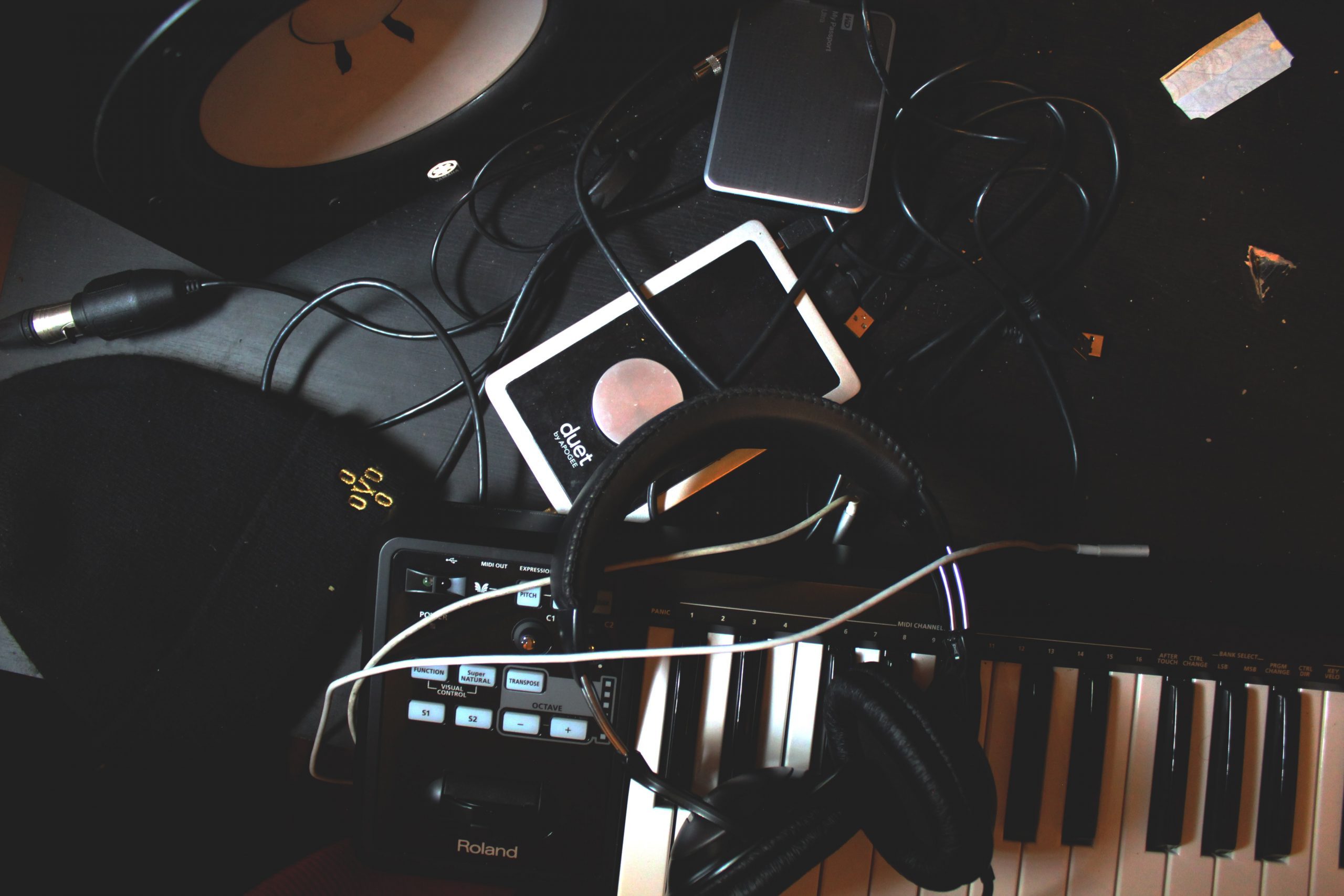When you’re in a creative process, the very last thing you want to worry about is musical theory. However, if you don’t know the way to find the key of the song, it’s holding you back.
Working on theory concepts like key signatures can be intimidating. It can certainly drain your whole creative energy, however, it doesn’t have to be complicated.
All songs are written in specific keys that will decide which chords and notes work effectively together. You should know the key if you’re planning on improvising, transposing, or writing songs.
Discovering out what key you’re working in doesn’t need to be frustrating though. While knowing music theory will allow you to find the key quicker, it isn’t a necessity.
It just takes a bit of ear training and some helpful tools.
In this article, I’ll explain one of the best ways to find the key of a song, and show you the most effective tools to quickly tell what key you’re in.
Hum along to the song
This first method seems to be too great to be true–but hear me out, it really works! As I said, it requires a bit of ear training, however, if you constantly practice this technique you’ll improve over time.
Play the song you want to find the key to and hum along with it. Close your eyes, and gravitate your voice to the note you think to be the most prominent.
Whenever you do this, you’ll most likely be singing the root note. This will show you clues to what key you’re in.
Right when you’ve discovered the root note, go to your piano or MIDI controller with your favorite piano VST, and find out the note you’ve been humming.
Now, you’ll need to think about one of two things: is the song in a major or minor key?
Major and minor keys
Listen carefully to the song. Does it sound happy, or sad?
If it’s happy and bouncy sounding, this song is most likely in a major key. In case it’s sad, moody, or dark, it’s in a minor key.
The next step after you find out the quality of the key is to find out which notes work within that key.
Are you playing along with the song on an instrument? You’ll need to know your musical scales to find the notes that match the key.
If you’re working on a digital audio workstation, you can draw in the major and minor scales. After that, you’ll be able to transpose them by shifting them up and down the piano roll to match your root note.
Here they’re in the piano roll, with musical notation.
Now that you know the key and scale of the song, you’ll have the ability to improvise and write better melodies or use your favorite pitch correction plugins effectively.
The way to find a song’s key automatically
The method above takes time and patience when you’re just starting out on an instrument or beginning to learn music production.
If you’ve had to halt your music writing process because you’re unsure of the key, finding it out quickly is the easiest way to avoid a creative block.
Fortunately, there are great tools that will automatically find the key any song is in, so you will get right back to writing and creating.
The best choice is known as Auto-Key. Auto-Key is an additional part of the popular plugin Auto-Tune by Antares.
Auto-Key works in any DAW as a plugin. It’s excellent if you don’t want to leave the DAW to search out the key of a sample or song you’re working with.
All you need to do is insert Auto-Key on the track you need to find the key of. Press play in your DAW and Auto-Key will find the key.
If you’re also working with Auto-Tune, Auto-Key can automatically send the key to any instance of Auto-Tune in your session.
That’s it! It’s an excellent simple solution.
That being said, if you’re seeking to improve your ear, using the first technique in combination with Auto-Key to confirm the answer is your best bet.
The key of all keys
Knowing all the musical keys is one of the most important things to stay creative. If you’re able to spend less time troubleshooting and more time creating, you’ll improve your creative muscles.
Keep in mind that there are only 12 notes, and only seven of them work together at once.
Whenever you practice continuous learning and set aside time to create, you can create better music faster.


